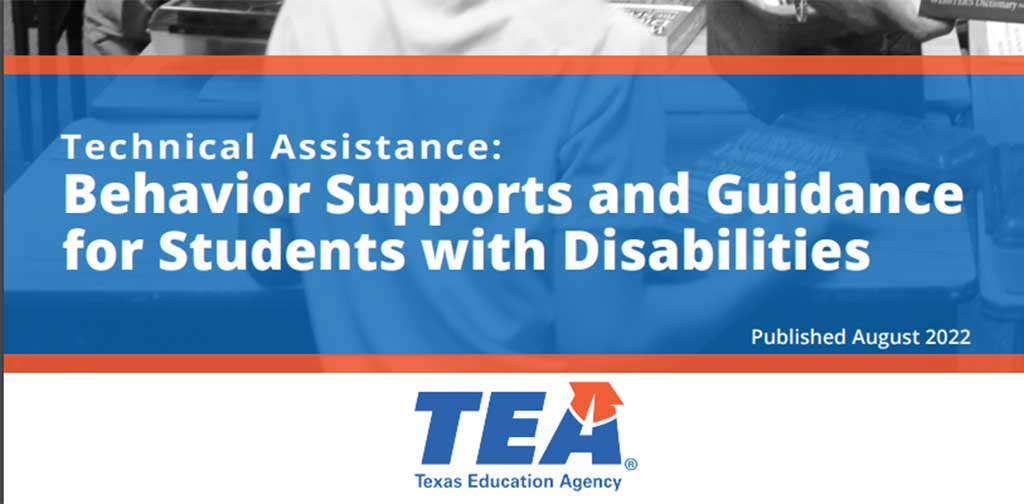We frequently help parents write letters to clarify and document concerns about their child’s school program. Conversations often happen during times when staff are busy, people are frustrated, or a child is in crisis. Putting your thoughts on paper gives you the opportunity to take as long as you need to:
- state your concerns
- think over what you’ve written
- identify the legal and policy issues
- make changes
- get someone you trust to read over the letter and make suggestions before you deliver the letter
A lot of confusion and misunderstanding can be avoided by writing down verbal agreements or documenting action items clearly.
Here are some basic guidelines to use when drafting letters:
Never send a letter in anger. It can be helpful to write it to vent, but give yourself a cooling off period to come back and consider how you presented the problem. Threats and blaming in letters alienate the person who receives them, and can cause a district to feel a need to defend their staff and practices. That can set up an adversarial, defensive situation, and problems can escalate rather than get resolved.
Avoid accusations. Instead, ask questions and refer to your documentation. For example: “I took this picture of my child today at 3:30 when she arrived home on the school bus. Notice the swollen lip and scratches on her cheek. She tells me this happened when another student pushed her out of her wheelchair. I have not received any incident report. Where was the assigned aide when this occurred? I am very concerned about her safety and we need to schedule a meeting to discuss this as soon as possible. When can I expect an incident report?”
Follow up on important conversations with a confirmation letter. For example: “Thank you for taking time to meet with me about Jim’s behavior challenges recently. As we discussed, we need to have an IEP meeting within 30 calendar days to discuss whether the current behavior support plan is working. I look forward to receiving dates to consider ASAP.”
Write to the correct person and copy appropriate administrators. But always copy an administrator outside the school—a district 504 coordinator, or special education director. If you don’t know who these individuals are, you can call your school and ask, look online, or call your PTI at 1.800.866.4726 (Partners Resource Network is the PTI for Texas).
Deliver your letter in a way that provides proof of delivery. Email is not legal proof of delivery. Therefore, if you send an email, print it, and fax it or deliver it in person, and get a receipt showing that the school district received it. Save your proof of receipt.
If the issue is time sensitive, give a deadline. Legal timelines are often involved. But when there is no specific legal timeline, set your own “respond by” date. If the district cannot meet it, ask them to document why they can’t.
Refer to attachments/evidence that you are writing about. For example: “Attached for your review is the math homework Jose attempted to do last night. He was unable to complete this assignment on his own. Can you please clarify how he is doing with long division and what approaches you are using to help him master this? I am wondering if he needs more resource support and if you are seeing these problems in the classroom?”
If you are saying that district policy or law wasn’t followed, cite that law or policy in your letter. If you need help finding it, you can call your PTI at 1.800.866.4726.
If you are writing to document areas of disagreement for an IEP or 504 plan, state the issues clearly, without hostility. For example: “Although the district is offering a special day class for Sam next year, we do not agree to this change as it is too restrictive. As we discussed in the meeting today, our concerns are….” and remember to advocate not only against something, but for something that pertains to your situation.
Once you do document your disagreement, put the ball in the district’s court. For example: “Please let me know if you are willing to hold a follow-up meeting to come to some resolution about placement for my child next year, or provide Prior Written Notice by [deadline] outlining the reasons for refusing to consider my request so that I can consider appropriate next steps.”
Don’t forget to document positive things, too! Letting a teacher or administrator know about a success helps build a positive relationship so that when disagreements do come up, you can work together to resolve them.
Keep a copy for your records and write that you want the letter put in your child’s school records.
Article from Disability Rights Education & Defense Fund




